Last Updated on June 12, 2023 by Laura Thompson
Contents
Overall Description
What are Dwarf Papillon Rabbits?
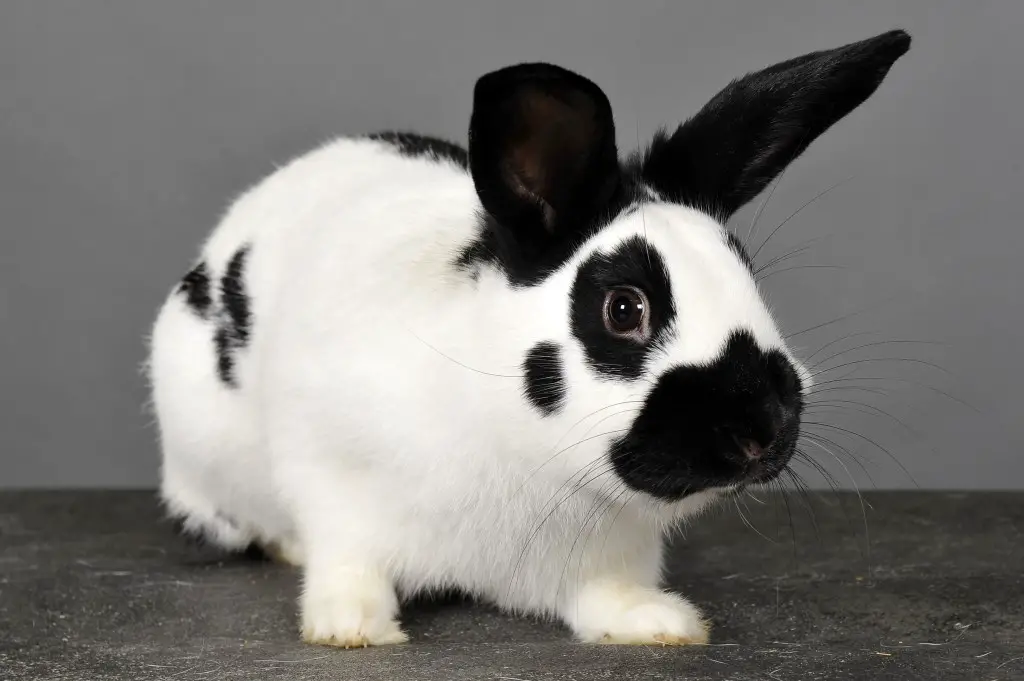
Dwarf Papillon Rabbits are one of the smallest breeds of rabbit and they have been around for a long time.
They originated in France, where they were bred to be pets because their size was so convenient.
Dwarf Papillon Bunnies also make good companions for children because they are not very large, making them easy to handle.
In this article, we will explore what Dwarf Papillon Rabbits are like, where they came from, how big adults get and what care is required to keep them healthy and happy!
The origin and history
Dwarf Papillon Rabbits have been in Germany for over a century under the name Zwergschecken.
The Dwarf Bunny was first developed at Europa Show and then bred with Papillons this year from France, Switzerland, Italy and Austria to create the new French breed known as Nain Papillon which had its own standard applied within less than two months of development!
The Characteristics of Dwarf Papillon Rabbits
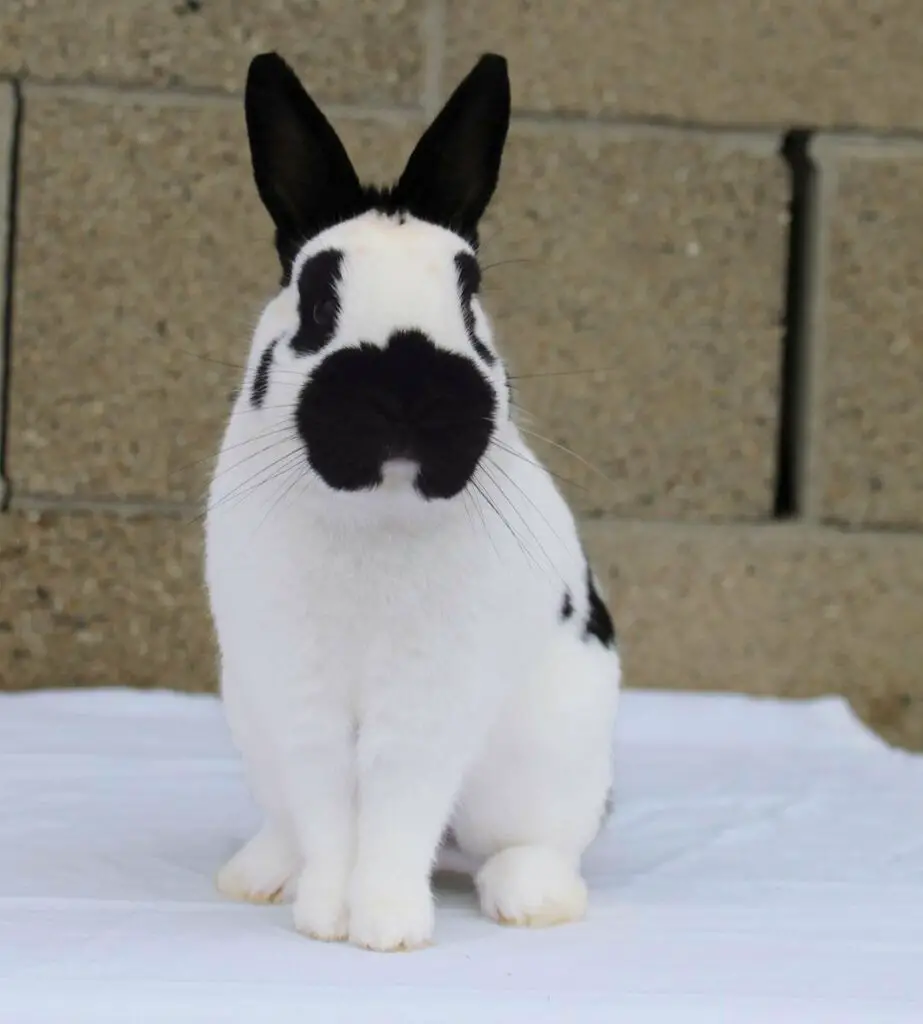
The appearance
The special physical; characteristics of Dwarf Papillon Rabbits include their small size, fuzzy coats, and their big ears. The Dwarf Papillon Rabbit’s coat is usually a mix of colors such as dark blue or gray with white spots.
The average weight for this type of rabbit is about four pounds which is comparatively heavier than other types of rabbits that weigh less than two pounds but are much smaller in height.
It may be possible to think that the Dwarf Papillion bunny looks similar to a ferret due to its appearance and fluffy fur-coated body. But it’s not true because they have different characteristics among others, which includes their long hind legs and short front legs.
These may indicate greater agility compared to other breeds like regular lop-eared bunnies who tend to move slower around the house due to their shorter hind legs.
Colors
The common colors of Dwarf Papillon Rabbits are black, dark brown, and white with a color variation of the different shades.
The coat colors may vary from buff to cinnamon or white too, but these are not common among Dwarf Papillon bunnies unlike other types like Netherland Dwarfs which show such variations in their coats.
The coat
The coat is short, silky, and mostly white with black points on the eyes (eyebrows) and ears. Their heads are round in shape without a stop or pronounced cheekbones.
The lifespan
The lifespan of Dwarf Papillon Rabbits is similar to that of most other pet bunnies and rabbits.
They can live as long as 12 years if given the proper care, but diseases may shorten their expected life span.
The size
One of the most noticeable features of Dwarf Papillon Rabbits is their size.
They are usually small and weigh in at around two pounds when fully grown.
However, they can be as big as three feet long from nose to tail tip when stretched out on all four legs.
This makes them a good option for people who do not have a lot of space but still want an animal that will stay relatively tiny throughout adulthood.
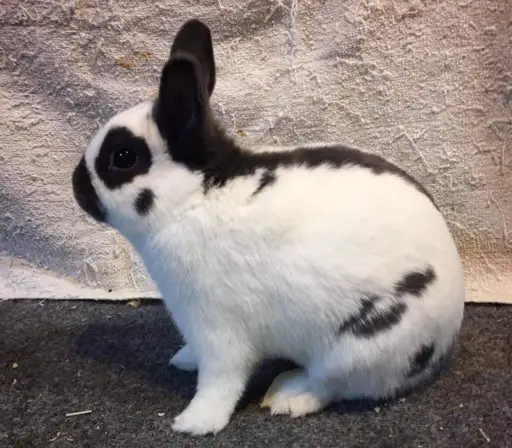
Behavior and Temperament
Special traits of Dwarf Papillon Rabbits include their playfulness and curious nature.
These rabbits are not aggressive or territorial, so they can be kept in the same cage as another rabbit of any size with little to no problems.
Dwarf Papillon Rabbits have a tendency to hop around when they’re feeling especially energetic but do enjoy relaxing within their hay-filled hutches as well.
They generally get along fairly well with other animals too, including cats and dogs.
Dwarf Papillon Bunnies will groom themselves if given enough time outside of their hutch without being disturbed by predators like coyotes or foxes that might happen upon them while they’re taking care of personal grooming duties.
However, it is important for owners to provide some type of dust bath area at home.
Dwarf Papillon Rabbits as Pets
Dwarf Papillon Rabbits are often purchased as pets, especially for children.
These rabbits make good family pets because they enjoy human companionship.
Pros of owning a Dwarf Papillon Rabbit
Dwarf Papillon Rabbits are small and adorable pets.
They have a personality similar to that of dogs, so they enjoy being petted often.
They can live both indoors or outdoors without any problems if they have shelter from the elements and plenty of fresh food and water available at all times.
Cons of owning a Dwarf Papillon Rabbit
Dwarf Papillon Rabbits are typically very social and friendly in nature. They love being around people, but this also means they will need a lot of attention from you!
Dwarf rabbits can be easily startled which is why providing them with their own space when handling or cleaning the cage is essential to keeping your pet happy and healthy.
The Dwarf rabbit’s tendency to overheat makes it crucial that their environment remains cool at all times. A temperature range between 65-75 degrees Fahrenheit should do the trick for most breeds (a thermometer may come in handy).
How to care for your Dwarf Papillon Rabbit
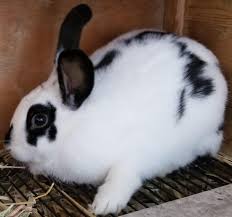
Dwarf Papillon Rabbits are a very popular breed of rabbit and many people may be considering adopting one.
If you’re interested in getting your own Dwarf Papillon Rabbit, it’s important that you know what to expect from this pet as well as how to care for them properly.
Here is everything you need to know about Dwarf Papillion rabbits!
- You will need to provide your Dwarf Papillon bunny with a clean and comfortable cage.
- A proper diet is essential for the health of your rabbit – they should be given hay, pellets or fresh vegetables every day.
- They also require plenty of water – their cages should have at least one large drinking bottle in addition to different size dishes for food consumption.
Health and Hygiene
Dwarf Papillon bunnies have relatively few health problems compared to other breeds, with the exception of dental disease. Their teeth grow continuously and need to be worn down by gnawing on chew toys or eating hay.
Dwarf Papillons require time out for running around outside every day in order to stay healthy; they are not happy when they don’t get enough exercise.
They also enjoy having a large cage that is divided into different areas – one area for sleeping at night, one for daytime activity, and one where you can hang their food above them so it’s always accessible but hard to reach which helps keep things tidy without being too messy!
The diet
The diet of Dwarf Papillon Rabbits primarily consists of hay and pellets, with the occasional intake of fresh vegetables.
It is important to monitor their diet and make sure they are receiving the appropriate amount of protein as well as enough vitamins from fruits and vegetables.
At the same time, Dwarf Papillon Rabbits usually eat hay, vegetables and some pellets.
Do Dwarf Papillon Rabbits need cages?
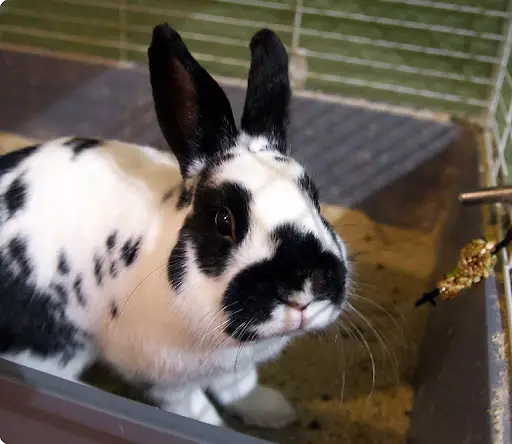
One of the first questions people ask when they hear about Dwarf Papillon Rabbits is whether or not these pets need cages.
The answer to this question depends on how you plan on housing your bunny and what kind of enclosure you have in mind for them, if any at all.
Dwarf Papillion Bunnies are small animals that don’t necessarily require too much living space; however, it’s important you give them as many open spaces as possible so they can exercise regularly!
This includes room to hop around inside and outside the home/cage while being supervised by an adult human.
Final Thoughts
If you’re on the hunt for a pet that is both adorable and easy to care for, look no further than Dwarf Papillon rabbits.
This tiny breed of rabbit has all the qualities of an excellent house bunny with a less number of drawbacks!
Laura is an experienced wildlife rehabilitator and conservationist residing in Madison, Wisconsin. Her love for rabbits was sparked during her early career when she nursed an injured wild rabbit back to health. Today, she runs “Hoppy Haven”, a rehabilitation center dedicated to the care and release of injured wild rabbits.
